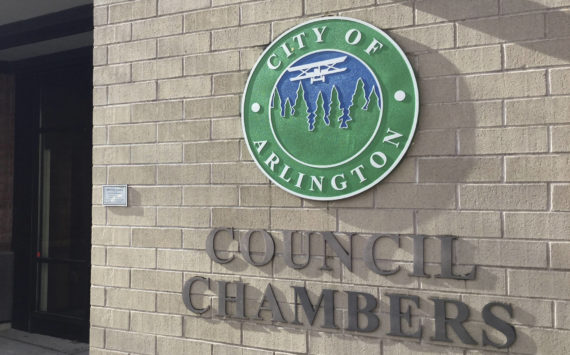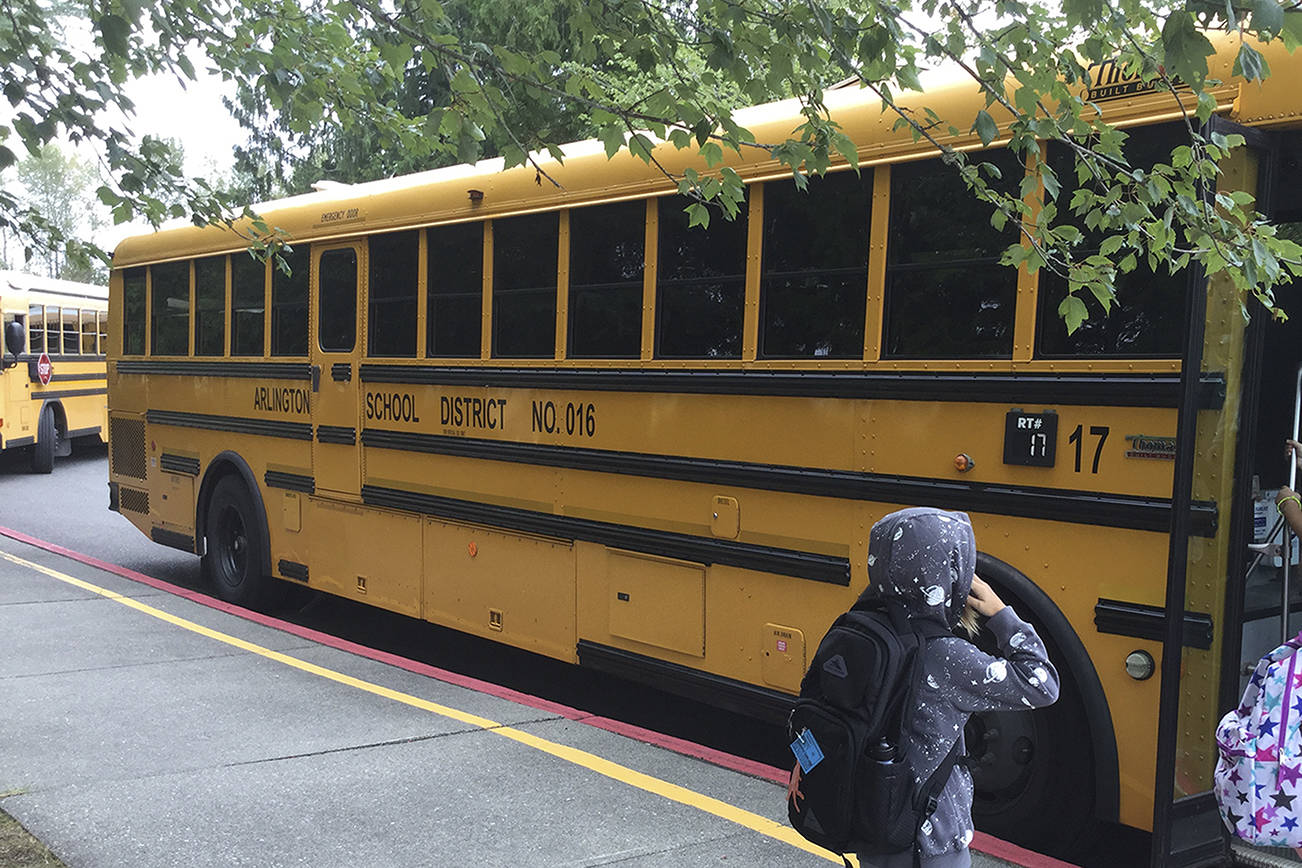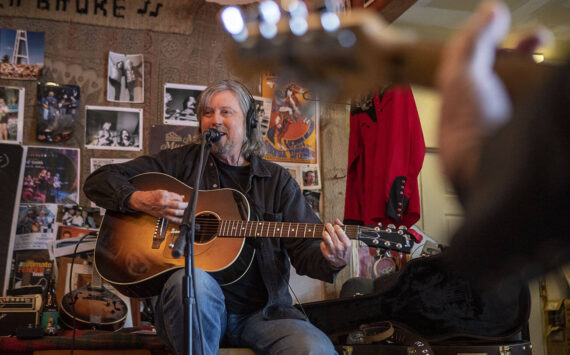ARLINGTON – A rezone of mostly wooded hillside property near 172nd Street NE and 67th Avenue NE that would drop 120 townhouses between two single-family neighborhoods has nearby residents up in arms.
The seven-acre Riar Family rezone sought by property owner and applicant Gill Supinder would rezone the parcels from Low- to Moderate-Density to High-Density Residential, clearing the way to put in three-story condominiums.
Dawn Kinney, an opponent and downhill neighbor of the proposal, said city officials have not thought through the ramifications of what would happen with already burdensome traffic congestion on 172nd, which won’t be widened until at least 2019; public safety coverage and the potential increase in crime; drainage and wetland issues; the impact on local school population; and other quality-of-life issues.
“It is amazing to me how willing the city planners – who are supposed to represent the public – low prioritize the issue of quality of life through propagating a mentality of planning for ‘future, expected population growth’ without weighing the impact it will have on the quality of life and needs of people currently living there,” Kinney told the planning commission Tuesday.
Nearby neighborhoods include the Highland View Drive to the north and The Crossing at Edgecomb further east, while property west to the 172nd and 67th intersection is zoned Neighborhood Commercial, with plans to build The Village at Edgecomb Station. The mixed- use project, first of its kind in Arlington, would include three commercial lots fronting the Centennial Trail and 67th, and a potential 160 condominiums behind.
Kinney also requested that environmental impacts and critical areas need further review.
Kinney and other residents from two adjacent single-family neighborhoods – who were unaware of the proposed rezone until she and her neighbors brought it to their attention – came ready to speak at the public hearing, only to find that it would be rescheduled to June 20 at planning staff’s request.
Chairman Bruce Angell opened the public hearing for the rezone, which also required a city comprehensive plan amendment and change to the Future Land Use Map. Before the proceedings could go further, fellow commissioner Aaron MacDonald spoke.
MacDonald was also the project architect on the Riar Family rezone, working with Pelletier and Schaar in Stanwood. He wrote the original application in November.
“I no longer work for them or am involved in the project, but I will be recusing myself when it comes time to vote,” MacDonald said.
With that, Angell said the public hearing would not take place “because there is a possibility of a significant difference of opinion on this rezone,” and continued it to June 20.
Angell apologized that they were unable to notify people in advance.Toward the close of the meeting, nearby rezone resident Bruce Kinney chided the Planning Commission and staff for not letting anyone know that the public hearing was off.
“Quite a few people came here tonight to talk about the Riar rezone, to find out the public hearing’s tabled, and you postponed it to June,” Kinney said. “I just think it’s kind of weird to make that decision when the website says come here, make comments, we show up and then we find out that the decision is made that we’re not going to talk about it.
“I just think it’s an odd way to communicate,” he said.
Community and Economic Development Director Marc Hayes said the public hearing was continued to give staff time to study neighbor concerns.
“The information just kept pouring in, so we didn’t want a decision made until we could respond to all the concerns,” Hayes said.
Although the public comment period closed officially Feb. 21 the department has continued to take comments, although not legally required to, which has generated new information for staff to look over. Most of the letters are condemning the rezone.
Hayes said there has also been a lot of misinformation making the rounds about the rezone, so he wants to make sure staff can respond appropriately to neighbors with accurate information.
In MacDonald’s application, he wrote that the city needs additional housing to help meet its population goals. Per the city’s comp plan, it has a shortfall of 2,421 dwelling units in its Urban Growth Area to meet 2035 needs.He added that the project supports city goals to diversity housing stock; and to locate multi-family housing near commercial areas, transportation, and parks and recreation.
“The city needs more high-density development, which this project would provide if re-zoned…,” he wrote.






